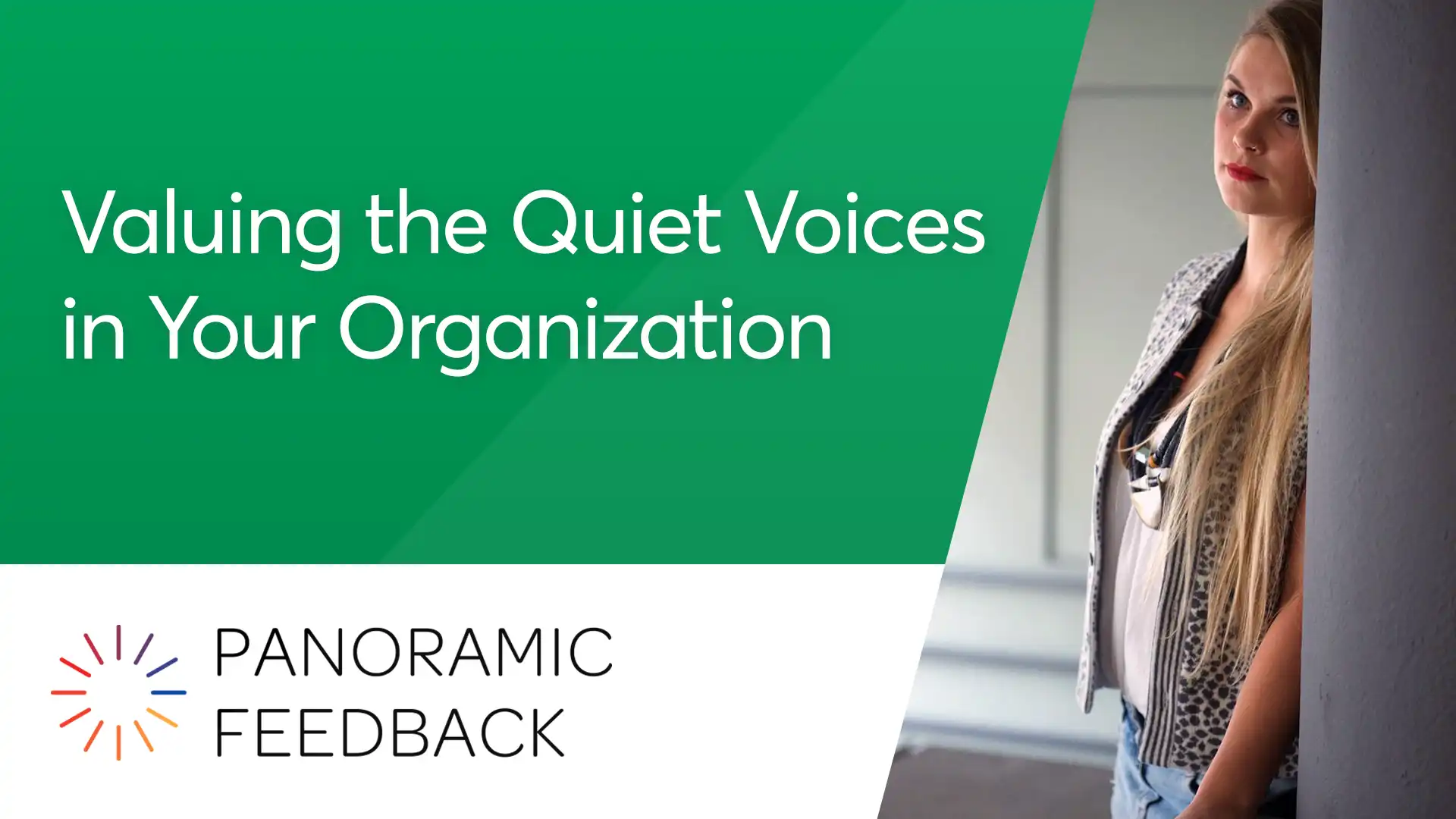A car runs over the base of a traffic pylon, sending it spinning into the ditch. Had that plastic orange cone been a pedestrian, they’d had suffered very sore toes!
Large oncoming objects
A novice driver was at the controls. The learner was a little nervous, a little cautious, but generally doing fine. In other words, a typical new driver.
Except that, as they were warned, they kept steering too far toward the passenger side of the road.
Experienced drivers know that’s natural. Oncoming traffic, especially trucks and busses, can be very threatening. We all have an instinct, as wrong as it is, to move away from them, to drift toward the other side.
The pylons and people over there don’t appear nearly as menacing. In fact, because they’re in our peripheral vision, we don’t realize how close we may come to hitting them.
Ignoring quiet workers
The workplace is not very different. One’s boss, for instance, is like a bus, a large threatening oncoming object. So we take special care not to collide.
It’s the same with the louder, more demanding people in the office.
On the other hand, it’s easy to ignore those quiet individuals who are off to the side.
Rationally we understand that they are valuable, productive, important human beings. But because they don’t pose as obvious a threat, they tend to be less visible, maybe just a blur in our peripheral vision.
So it’s easy to drive over their toes. Easy to run them down.
Saving knowledge capital
That’s why the most progressive workplaces make special efforts to pay attention to these people. Smart leaders spend time with them, ask for their opinions, solicit their feedback.
They find out about their ideas for greater productivity. They ask about their concerns. They discover their frank opinions about change and progress.
In doing so, they increase the accumulated wisdom of the organization, and at the same time transform the standing of these individuals in the workplace from passive functionaries to active assets.
From pylons, you might say, into people.


